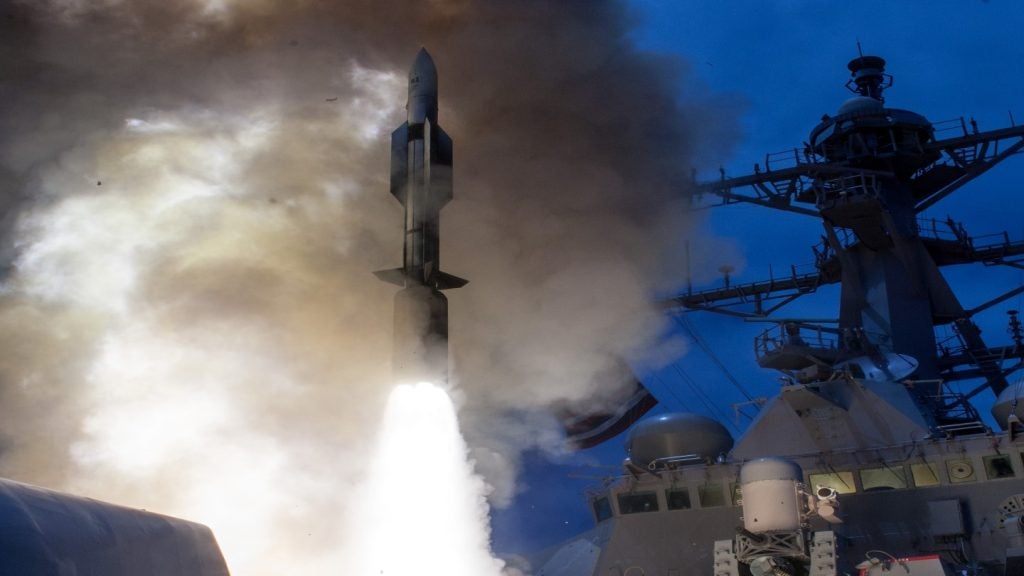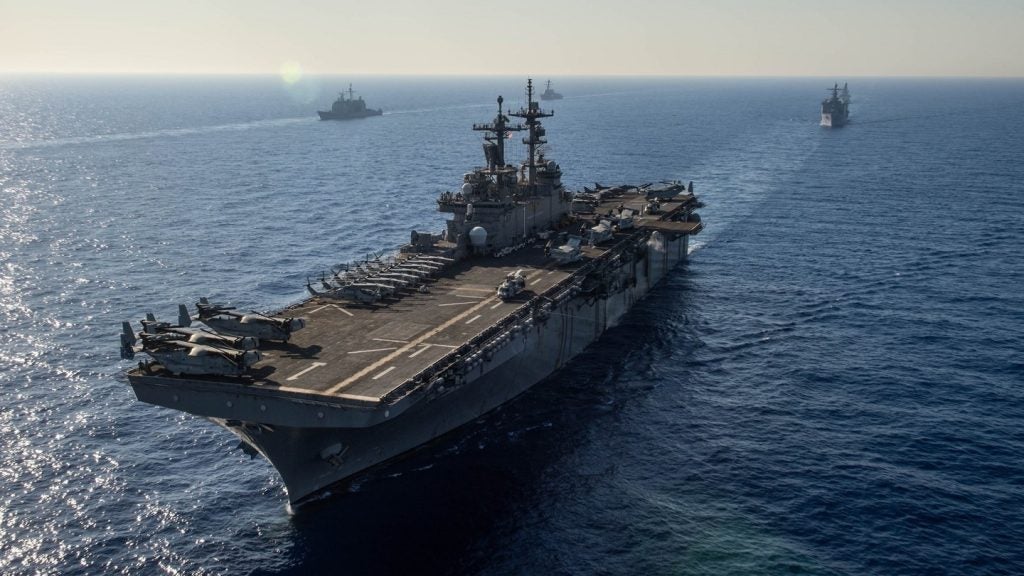The Naval Surface Warfare Center Dahlgren Division (NSWCDD) of the US Navy has developed a new modelling and simulation tool called the Post Intercept Debris Simulation (PIDS).
The tool is particularly designed to ensure that combat systems are effective in a pervasive environment of debris generated as an interceptor engages a threat missile.
PIDS entered development phase to provide US Department of Defense (DoD) and navy testbeds with a representation of post-intercept debris for specific engagements.
The simulation will help in determining the limitations of a combat system in an operational environment.
The presence of debris also significantly curtails the capabilities of radar and other sensors. An accurate modelling of the debris can help the Navy to overcome this limitation.
PIDS project lead Meagan Parker said: “We are currently on schedule to deliver PIDS as promised in July 2021.
How well do you really know your competitors?
Access the most comprehensive Company Profiles on the market, powered by GlobalData. Save hours of research. Gain competitive edge.

Thank you!
Your download email will arrive shortly
Not ready to buy yet? Download a free sample
We are confident about the unique quality of our Company Profiles. However, we want you to make the most beneficial decision for your business, so we offer a free sample that you can download by submitting the below form
By GlobalData“This is a really rewarding project to work on because ultimately the goal is to reduce the risk to our warfighters in our deployed systems. We are empowering and allowing the navy to study and analyse performance in the presence of post intercept debris.”
Although still under development, the PIDS is currently capable of providing the required debris scene to predict how a weapon system or an intercept missile will respond to the presence of debris.
This may help in validating key performance parameters.
The team is particularly developing a post-intercept debris model for navy surface ship Combat System Testbeds. However, it can be modified to fit other navy or DoD modelling and simulation applications.
The final PIDS product will be delivered to the navy’s Combat System Testbed. Another copy will be submitted to the project’s DoD sponsor, the Test Resource Management Center.







